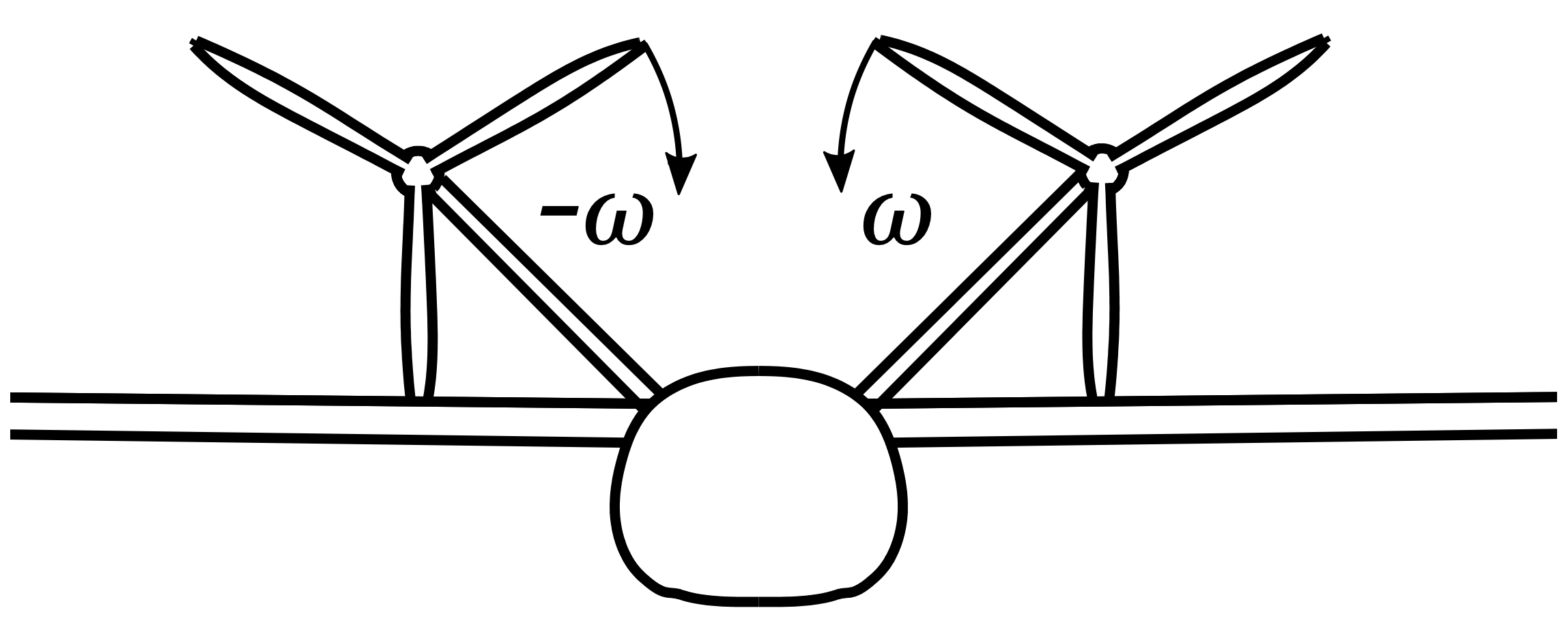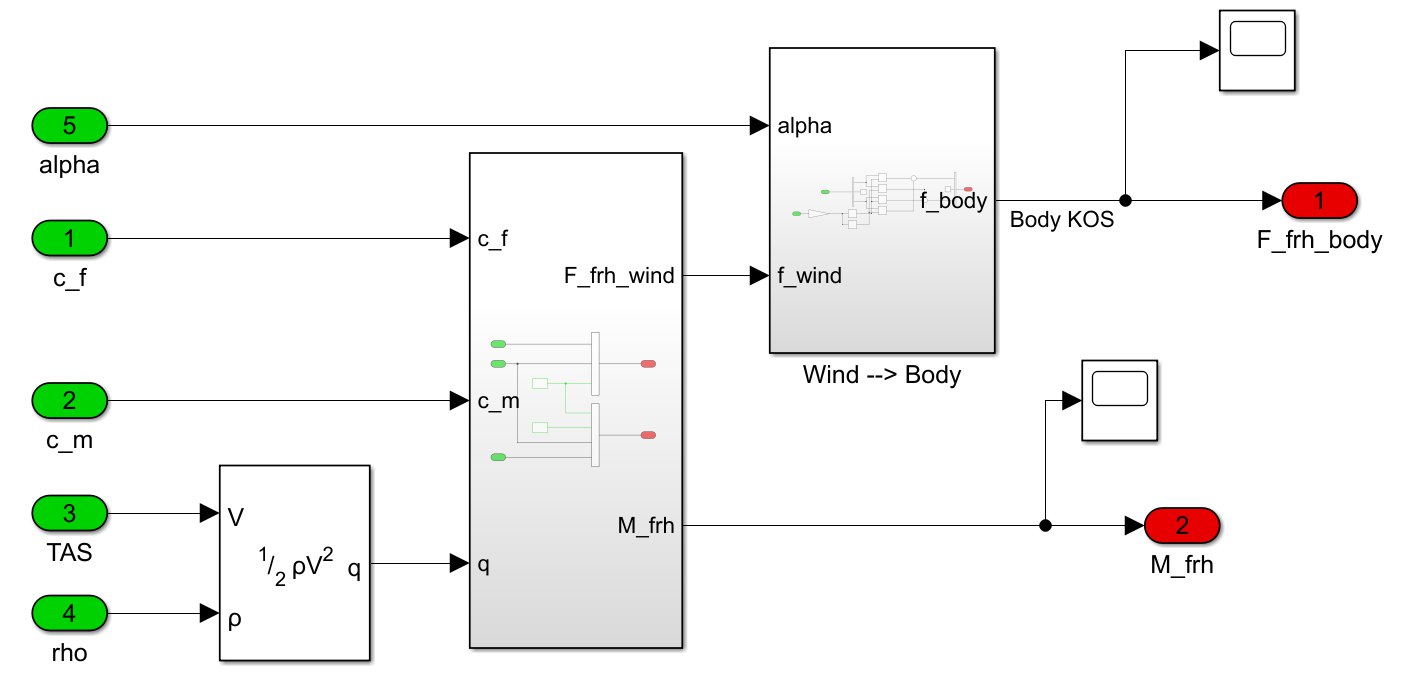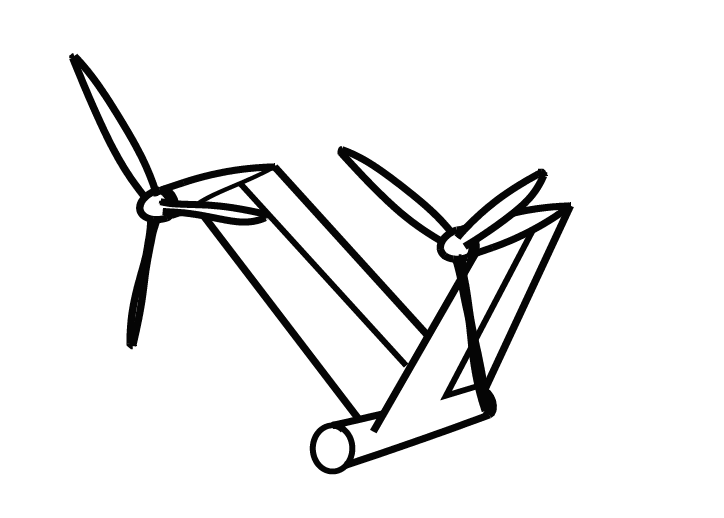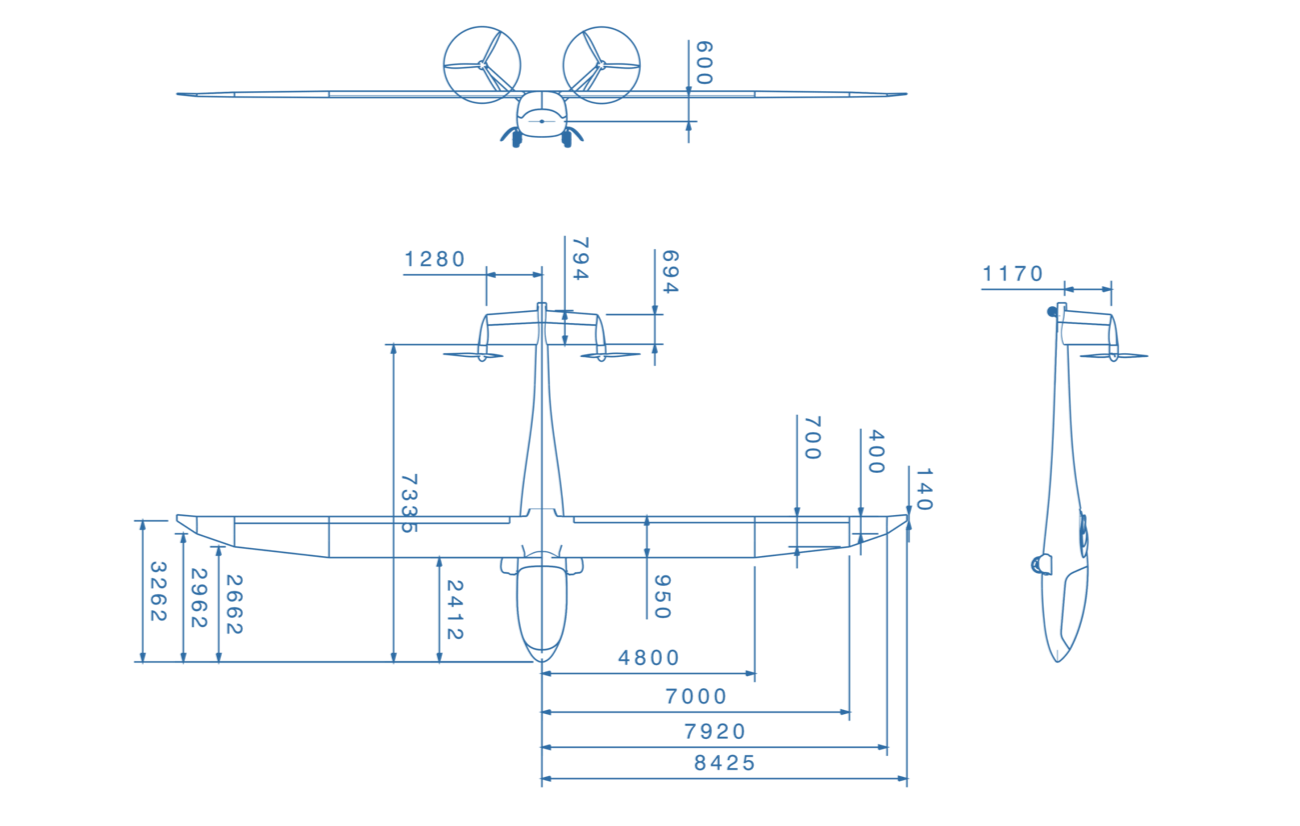After the complete sizing and design of the V-tail of the FVA-30, an important effect affecting the tail was studied again in more detail during the last semester: The interaction of the propeller wake with the flowed-around control surfaces on the empennage and the resulting rudder effectiveness significantly influences the verification of longitudinal and lateral stability both in twin-engine operation and in single-engine operation (one-engine inoperative, one-sided propulsion failure) and thus also affects the design of the empennage.

Propeller-Tail Interaction

Flight Performance Computer Revision
The overall propulsion design depends significantly on the performance requirements resulting from the planned flight profile.

Finalization of Weight & Balance
As planned for some time, the creation of a final Weight & Balance could now be completed.

Design of the V-tail
To ensure the flight mechanical stability and controllability of the FVA-30, an adapted tail unit and appropriately dimensioned control surfaces are required.

Wing Displacement
For the FVA-30, the wing geometry and a large part of the fuselage are identical to the e-Genius.

Detailed Propeller Design
An important element of the pioneering FVA 30 project is the propeller.